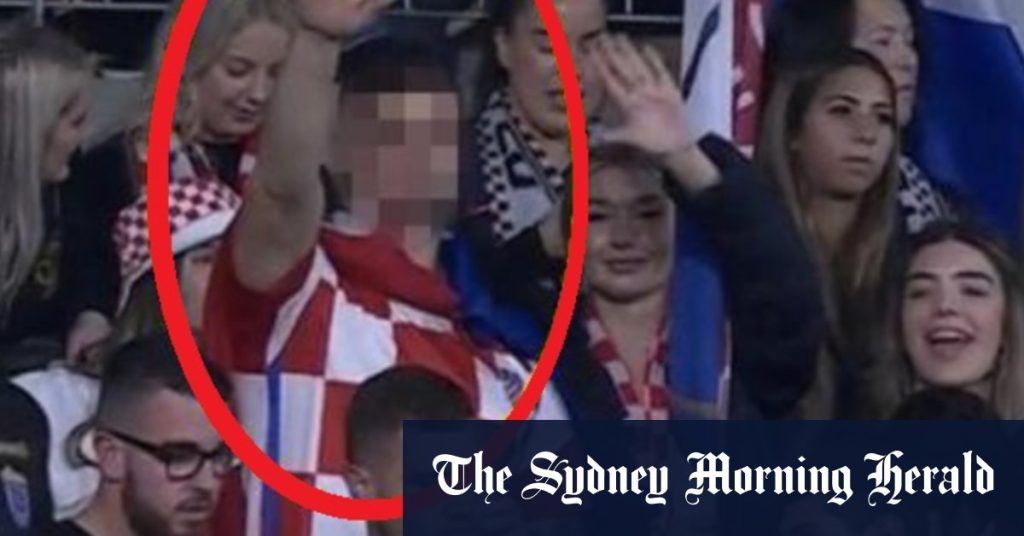Sieben was questioned by police regarding an incident at a soccer match where he was accused of displaying a Nazi symbol. He denied any connection to Nazis or Hitler, explaining that his gestures were misinterpreted and blown out of proportion by the media. Despite being Croatian and cheering for Sydney United, he was falsely portrayed as a Nazi sympathizer. Sieben considered taking legal action against the media but decided against it to avoid further publicity that could harm his business and reputation, even though he was innocent.
Two other individuals, Marijan Lisica and Nikola Gasparovic, were also accused of making hate symbols at the match. Lisica was seen doing the Nazi salute on CCTV footage, while Gasparovic carried a World War II era Nazi flag. Gasparovic denied knowingly making the hate symbol, claiming he was celebrating the team and Croatian culture. The case hinges on whether their actions constitute displaying a Nazi symbol under new legislation, with the Crown arguing that they do. Magistrate Joy Boulos will need to interpret the law to determine the trio’s guilt in the matter.
Sieben expressed his frustration at being falsely portrayed as a Nazi and the impact it had on his personal and professional life. He mentioned that he had Jewish friends who understood the situation and defended his character, showing that the accusations were baseless. Despite his love for soccer, Sieben stated he would no longer attend games due to the ordeal he went through. The incident highlights the consequences of false accusations and the importance of verifying information before making judgments that can harm individuals.
Sydney United 58 FC, where the incident took place, has a history dating back to 1958 when it was formed by Croatian Australians. The team has undergone name changes over the years but remains an important part of the Croatian community in Sydney. The controversy surrounding the match and the accusations made against supporters like Sieben, Lisica, and Gasparovic have raised questions about the boundaries of free speech and the interpretation of symbols in the context of sporting events. The outcome of the case will set a precedent for how such incidents are handled in the future.
The court proceedings involved the presentation of CCTV footage showing the actions of the accused individuals at the match. Gasparovic admitted to raising his hand in the air but denied any malicious intent, claiming he was expressing his support for the team and his cultural heritage. The magistrate will need to consider whether the gestures made by the defendants can be classified as displaying a Nazi symbol under the law. This case highlights the complexity of interpreting symbols and gestures in a legal context, especially when cultural and sporting events are involved.
As the hearing continued, the court focused on determining whether the actions of Sieben, Lisica, and Gasparovic constituted a violation of the new legislation regarding hate symbols. The Crown prosecutor argued that the gestures made by the defendants did indeed qualify as displaying a Nazi symbol, and urged the magistrate to consider this interpretation in her judgment. The outcome of the case will have implications for how similar incidents are addressed in the future and will shape the legal understanding of symbols and gestures in public settings. The hearing will continue as the court examines the evidence and arguments presented by both sides to reach a decision regarding the guilt of the accused individuals.


